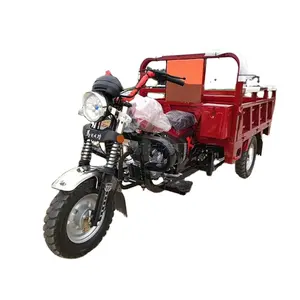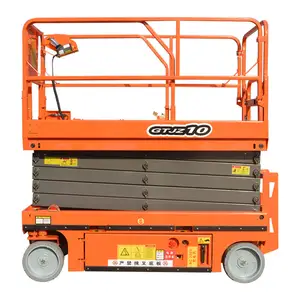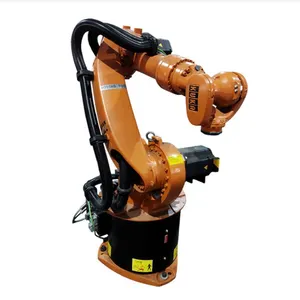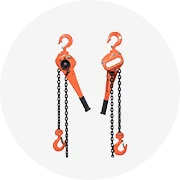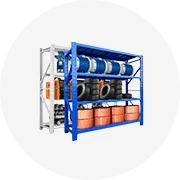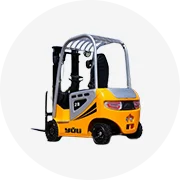Popular in your industry









































































Related Searches:












































































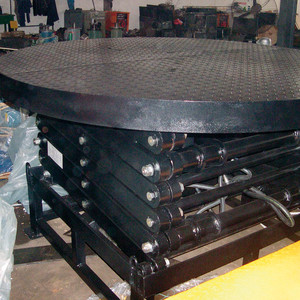







































































Top categories
About lift and rotate mechanism
Lift and Rotate Mechanisms: An Overview
Lift and rotate mechanisms are essential components in various industrial and commercial settings, designed to facilitate the manipulation and positioning of heavy loads. These systems are engineered to provide a combination of vertical lifting and rotational movement, offering versatility and efficiency in operations such as assembly lines, maintenance, and material handling.
Types of Lift and Rotate Equipment
The category encompasses a range of equipment, including scissor lift tables, hydraulic lift platforms, and rotating lift tables. Scissor lift tables, named for their cross-bracing that resembles scissor blades, offer a stable lifting solution for various environments. Hydraulic options cater to heavier loads, utilizing fluid mechanics for smooth operation. Rotating lift tables add an additional degree of motion, allowing for precise positioning of cargo or machinery.
Applications and Features
Lift and rotate mechanisms are integral to industries requiring the movement of goods between different heights and locations. Their applications span from warehouse cargo management to vehicle maintenance. Features such as adjustable height settings and rotational controls enhance their functionality, allowing for tailored use in specific operational contexts.
Material and Construction
Constructed from durable materials like reinforced steel, these mechanisms are built to withstand the rigors of heavy-duty use. The choice of material ensures longevity and reliability, while design considerations like the scissor-like base of scissor lift tables provide necessary support and stability during lifting operations.
Advantages of Using Lift and Rotate Mechanisms
Employing a lift and rotate mechanism in a workspace can significantly improve operational efficiency and worker safety. The ergonomic design reduces the strain on personnel by bringing work to a comfortable level, and the rotating feature allows for easy access to all sides of the load without the need for manual repositioning.
Selecting the Right Mechanism
Choosing the appropriate lift and rotate mechanism requires consideration of load capacity, lift height, and the degree of rotation needed. It is essential to match the equipment's specifications with the operational demands to ensure seamless integration into existing workflows.

